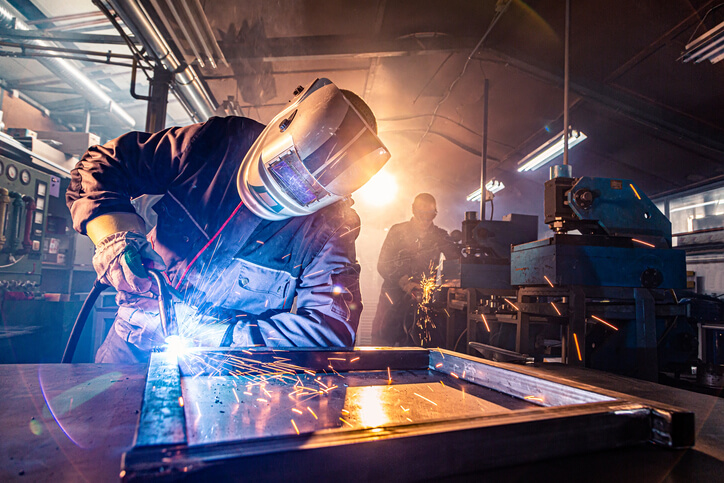
Metal fabrication is a complex process that involves turning raw materials into a final product through cutting, shaping, and assembling. From small intricate parts to large structures, metal fabrication is used across various industries to create a wide range of products. In this article, we will delve into the step-by-step process of metal fabrication, from the initial concept to the final creation. Refer: https://8starmetalengineering.com.au/.
The Conceptualization Phase
Before any metal fabrication project can begin, the concept must be clearly defined. This phase involves collaborating with engineers, designers, and clients to determine the specifications and requirements of the project. Key considerations during this phase include:
Key Considerations:
- Identifying the purpose and function of the final product
- Determining the materials to be used
- Creating detailed drawings and plans
- Setting project timelines and budget
The Design and Planning Stage
Once the concept is finalized, the design and planning stage begins. This phase is crucial as it sets the foundation for the entire fabrication process. During this stage, engineers and designers work together to:
Tasks in this Stage:
- Convert the concept into detailed blueprints and CAD drawings
- Perform structural analysis and feasibility studies
- Optimize the design for manufacturing efficiency
- Create a bill of materials and sourcing plan
Material Procurement and Preparation
With the design finalized, the next step is to procure the necessary materials for the project. Depending on the specifications, different types of metals such as steel, aluminum, or copper may be required. The material procurement process involves:
Steps in Material Procurement:
- Source materials from reliable suppliers
- Inspect and verify material quality and specifications
- Handle and store materials in a controlled environment
- Cut and shape raw materials as per design requirements
Fabrication and Assembly
Once the materials are ready, the actual fabrication process can begin. This stage involves cutting, shaping, bending, welding, and assembling the metal pieces to create the final product. Skilled technicians and fabricators work diligently to bring the design to life through:
Activities in Fabrication and Assembly:
- Cutting metal sheets using laser cutting or shearing machines
- Bending and shaping metal components with press brakes or rollers
- Welding and joining metal parts together using various techniques
- Assembling components into the final product
Finishing and Quality Control
After the fabrication and assembly process is complete, the final product undergoes finishing treatments to enhance its appearance and durability. Quality control measures are also implemented to ensure that the product meets the required standards and specifications. These final steps include:
Finishing and Quality Control Processes:
- Sanding, grinding, and polishing to achieve the desired surface finish
- Painting, coating, or plating for corrosion protection and aesthetics
- Final inspection and testing for dimensional accuracy and structural integrity
- Packaging and shipping the finished product to the client
Conclusion
Metal fabrication is a meticulous process that requires careful planning, precision execution, and attention to detail. From concept to creation, each step in the fabrication process plays a crucial role in ensuring the quality and integrity of the final product. By understanding the intricacies of metal fabrication, businesses and individuals can appreciate the craftsmanship and skill that goes into producing metal components and structures.